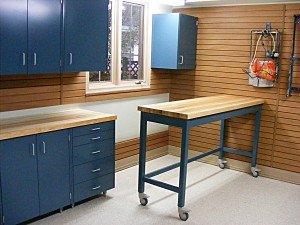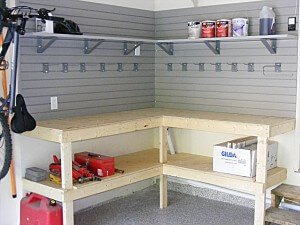The year 2015 is the International Year of Soils according to the United Nations. Worldwide recognition of the need to promote sustainable soil resources has prompted scientists and researchers around the globe to come up with a variety of ways we can help keep the planet green. Green thumbs among us understand that good soil is critical to any backyard garden or landscaping endeavor. With a few of the right garden tools and a composter, gardeners naturally return to the soil what it needs to be a rich source of organic carbons. These organic carbons are an important towards mitigating the effects of climate change.
Likewise, non-gardeners can make a difference in the world by recycling reusable and organic wastes with the sorting of garbage, recycle and green bin storage solutions. Experience tells us that a system must be convenient and easy to use so our families will utilize them. By properly sorting green waste, recyclables, and trash, everyone can promote less use of landfills and better soil worldwide. The number of options available might surprise you. This list will help you achieve sustainable soil in your own yard, as well as maintaining a workable solution for your recycling and green waste.
Tip #1: Choose water conscious plants and landscaping.
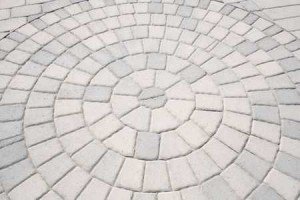 The effects of global warming and other environmental changes have inspired the trend for landscaping that requires little to no water. Those not affected by drought can still benefit from these water conscious choices.
The effects of global warming and other environmental changes have inspired the trend for landscaping that requires little to no water. Those not affected by drought can still benefit from these water conscious choices.
Planning a landscape includes finding plants that will work well in your soil. Many drought resistant plants are ideal for poor soil and full sun. Proper placement and planting is the secret to creating a beautiful garden able to sustain itself, and thrive, even in harsher conditions. Hardscaping is a technique that augments landscaping by adding tiles, stones, walls or patios. Consult an expert to determine the best plan for your needs.
Determine the best way to care for your soil, and your soil will care for you.
Tip #2: Smart Composting
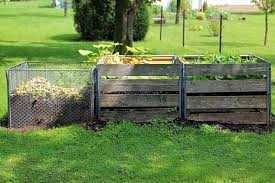 Composting is a sound way to eliminate organic waste / composting. It is the ultimate form of recycling. Any waste products that come from plants can be tossed together, including leaves, banana peels, apple cores, or even the bedding from small animals. Many items you currently place in your green bin can be put to use as mulch in your own garden as compost. Kitchen waste is acceptable such as vegetable peels, fading lettuce or coffee grounds.
Composting is a sound way to eliminate organic waste / composting. It is the ultimate form of recycling. Any waste products that come from plants can be tossed together, including leaves, banana peels, apple cores, or even the bedding from small animals. Many items you currently place in your green bin can be put to use as mulch in your own garden as compost. Kitchen waste is acceptable such as vegetable peels, fading lettuce or coffee grounds.
Meats, fats, and non-plant based byproducts should never be included in the compost pile. Keep a trash receptacle close and handy at all time. If you are worried about the smells that might occur from the garage, or under your kitchen sink, consider an outdoor bin storage solution. 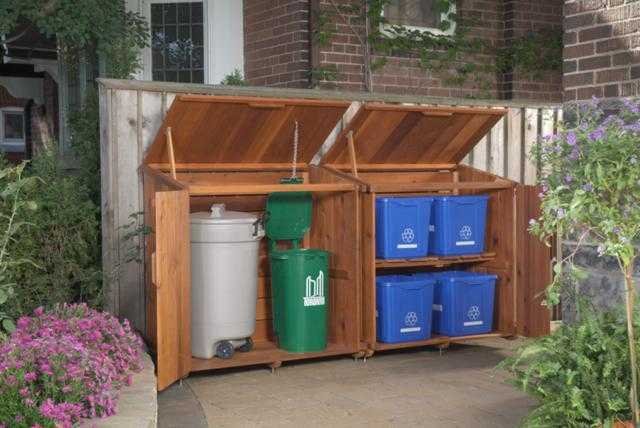 These also work well for people that do not have much storage space in their garage.
These also work well for people that do not have much storage space in their garage.
Despite what some experts will tell you about “layering” compost, you should feel comfortable tossing in green and brown waste as you produce it. Most gardens produce more green than brown waste, so layering is not easy to accomplish. Just stir the mix from time to time to ensure the green and brown waste mixes properly together.
Composting creates a lot of heat and must be done outside. If you have a large yard, you can compost directly on the ground, but if your garden is small purchase a good compost bin or tumbler. Never store compost in plastic containers. The heat will melt the plastic and could create a hazard. Only use approved composting equipment.
Regular turning, with a shovel or in a bin will help keep the compost moist enough and aid in the decomposition, creating a marvelous fertilizer for your yard.
Tip #3: Recycling made easy.
 Keeping reusable products out of the landfills will help promote healthier soil content, and a better environment. Recycling can be inconvenient, but a garage renovation specialist can help design a recycle centre that will work for the whole family.
Keeping reusable products out of the landfills will help promote healthier soil content, and a better environment. Recycling can be inconvenient, but a garage renovation specialist can help design a recycle centre that will work for the whole family.
It is important to have recycle bins easily accessible and conveniently placed to encourage consistent use. Stackable bins offer maximum storage space, while large bins provide more room for trash or recyclables. Recycle centers can be set up in your garage, or outside, depending on your preferences. Outdoor storage has specific challenges, such as protection from raccoons or other scavengers looking for food. A professional garage renovation specialist will help plan an easily accessible recycle centre for your household safe from curious paws.
Tip #4: Use organizational systems to cut down on your carbon footprint.
Do you have piles of stuff hanging out in your garage? Have you ever replaced an item you know you owned but could not locate? Have you ever discovered a lost article, only to find it broken or unusable? Everyone has these experiences, unless they are organized.
Getting everything off the floor is the first step. You have more space than you realize, and several garage storage options to fit any lifestyle. Many people overlook the use of valuable overhead and wall space available to them.
There is no need to remain caught up in a disposable society. Reuse, reduce, and recycle with a good system inside your garage or outdoors in a bin solution. It is good for the planet.
